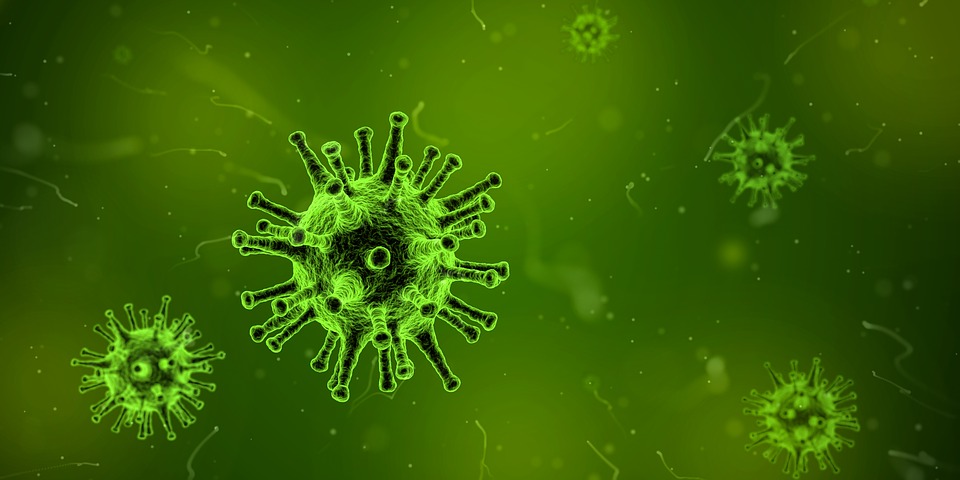To correct cholesterol levels and treat liver diseases, American scientists have combined nanotechnologies and the genome editing tool, CRISPR-Cas9[1]. They have produced nanoparticles to transport CRISPR and permanently and specifically edit a cholesterol-regulating gene [2]in the liver cells of adult mice.
The main author of the study published in Nature Biotechnology, Daniel Anderson, from the Massachusetts Institute of Technology (MIT), explains that his team was looking for a safe and effective method to transport the components needed to edit the cell genome, the CRISPR enzyme and the guide RNA segment. Most of the scientists currently use viruses to administer these components but this approach is limited because the immune system can develop antibodies against these viruses. Daniel Anderson’s team has chemically modified the guide RNA to protect it against possible attacks from the body, and then inserted it into lipid nanoparticles with CRISPR before injecting them into mice. The nanoparticles are then directed towards liver cells. The system has proved to be highly effective, eliminating the defective gene in over 80% of liver cells. The total cholesterol level in mice fell by 35%.
At present, the team is focusing on identifying other liver diseases, which could benefit from this approach, and is refining its technique to use it in humans[3].
[1] From “molecular scissors”, which allows selective gene modification.
[2] The PCSK9 gene.
[3] This would be somatic gene therapy.
Reuters, Julie Steenhuysen (13/11/2017); Phys.org (13/11/2017)

